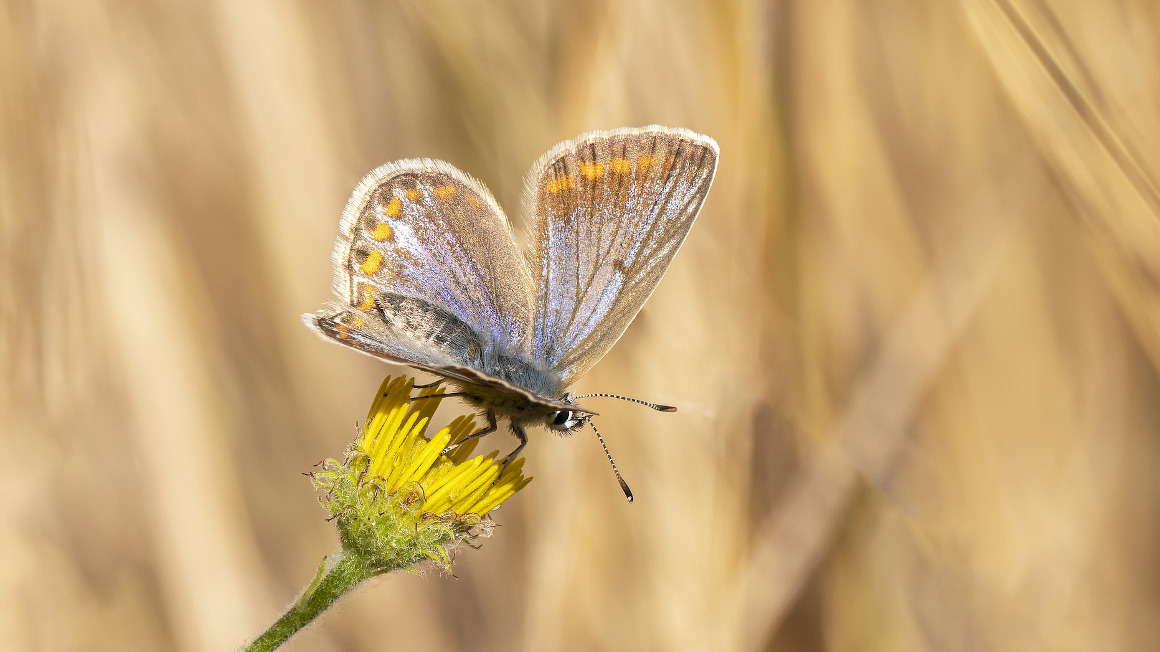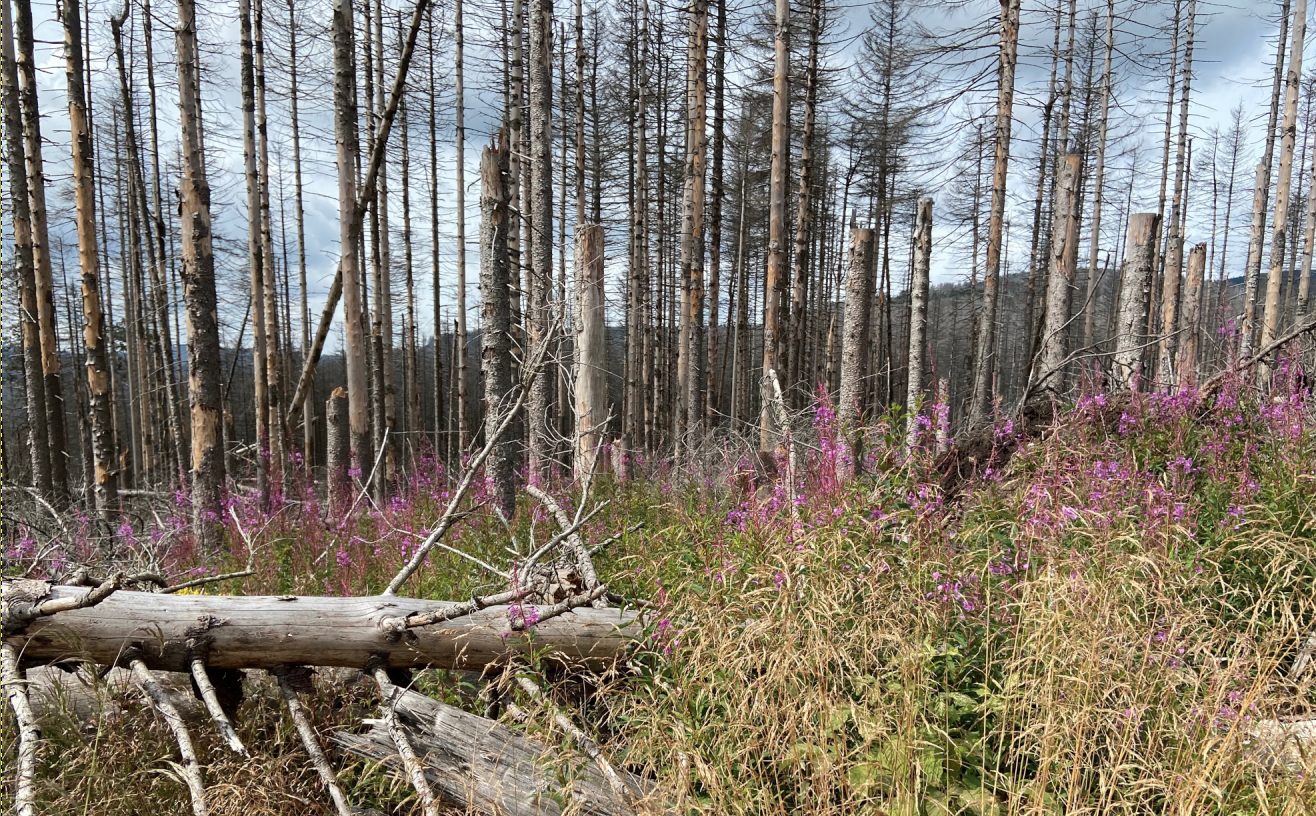More is not always better
Researchers in Oldenburg found that the health of an ecosystem is not directly related to how many species inhabit it.

The health of an ecosystem is founded on the complex interplay between its numerous inhabitants over a prolonged period of time. Therefore, assessing the state of an ecosystem solely on the basis of short-term changes in the number of different species it contains can lead to false conclusions. An international team of researchers from the Helmholtz Institute for Functional Marine Biodiversity (HIFMB) at the University of Oldenburg and the German Centre for Integrative Biodiversity Research (iDiv) analysed how best to assess and calculate the health of an entire ecosystem. Using a mathematical model and environmental data analysis, they concluded that the turnover of species within a system needed to be tracked. The researchers published their results in the "Journal of Applied Ecology".
Species richness is a false friend
Global warming, spreading deforestation, and other mostly man-made environmental changes push many species to the brink of extinction. The result: far fewer species inhabit the same areas. The International Convention on Biological Diversity and the EU's Marine Strategy Framework Directive aim to mitigate this biodiversity crisis. In order to analyse the state of an ecosystem the most common approach thus far has been to take the number of species (species richness) as a measurement and as a direct indicator for its health. "But this metric has its pitfalls because it doesn't fully reflect the changes in the system," says the Oldenburg biodiversity expert Hillebrand, who is also the lead author of the study.
In fact, according to the scientists' model calculations, negative influences on an ecosystem do not automatically result in a reduction in species richness: "Species richness is a result of the balance between the immigration and the extinction of species", Hillebrand explains. However, these two processes do not occur at the same speed. A few individuals of a species can quickly migrate into a local habitat and colonise it, but it may take several generations for a species to be replaced by a new, more competitive species, or to die out as a result of changed conditions. Hillebrand , adds: "So species richness can be a false friend."
How many species are migrating?
The recommendation of the scientists: monitoring how many species are migrating into a system, how many are leaving it, and how many species are becoming more or less abundant within the system. As an example the scientists used this method to analyse long-term measurements from various ecosystems. “In extreme cases, the majority of species in an ecosystem could be replaced by new species. But if you only look at the number of species, the so-called species richness, that number doesn’t change at all”, says Jonathan Chase of the German Centre for Integrative Biodiversity Research (iDiv) and the Martin Luther University Halle-Wittenberg. “Therefore, species richness alone can be a misleading metric and can obscure what is really going on in an ecosystem.”
The new method can be applied effectively using data already available from environmental monitoring programmes. And the hope of the researchers is that their new assessment-tool will help to bridge the gap between basic research and nature conservation in practice.
jmr


